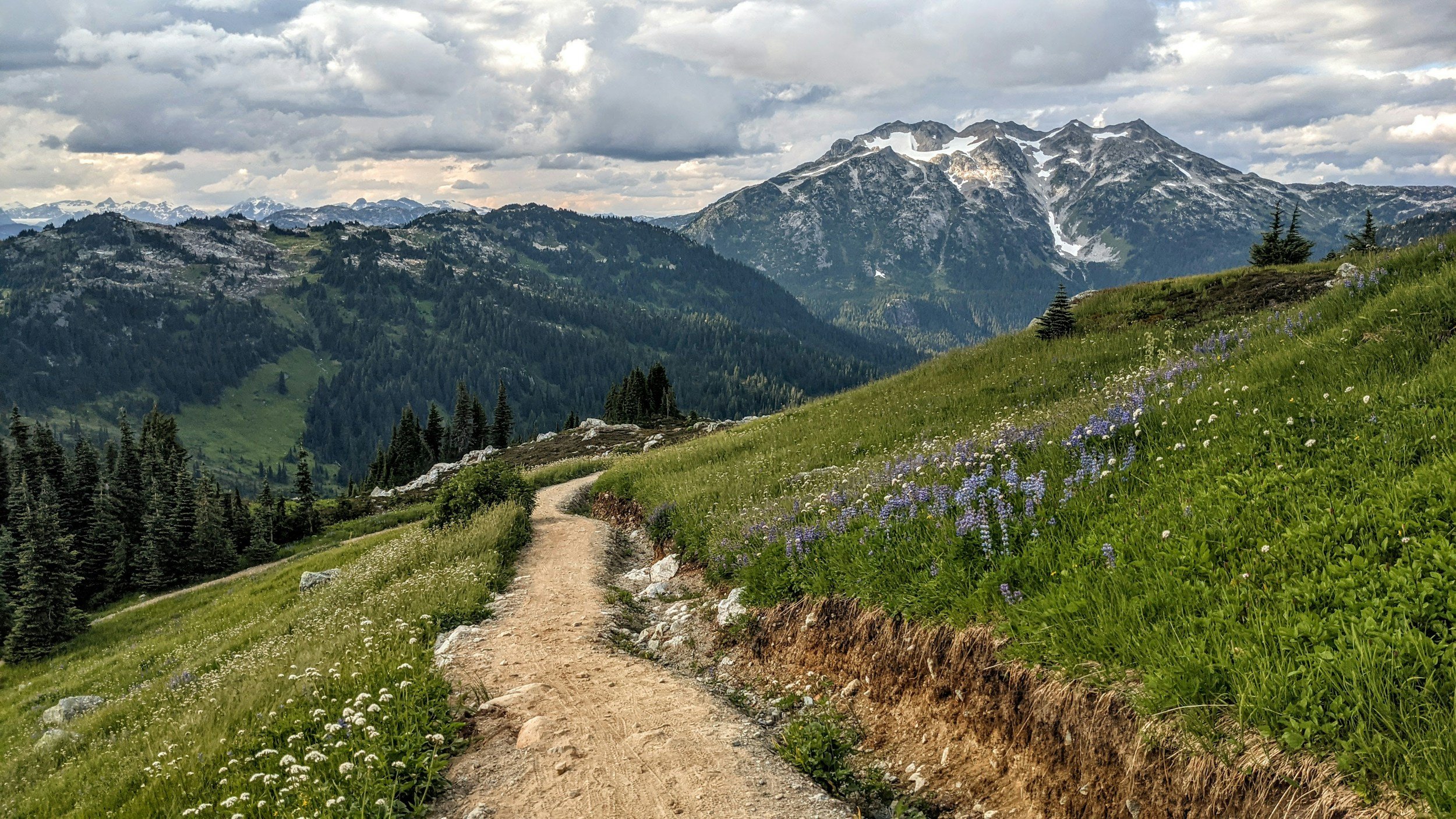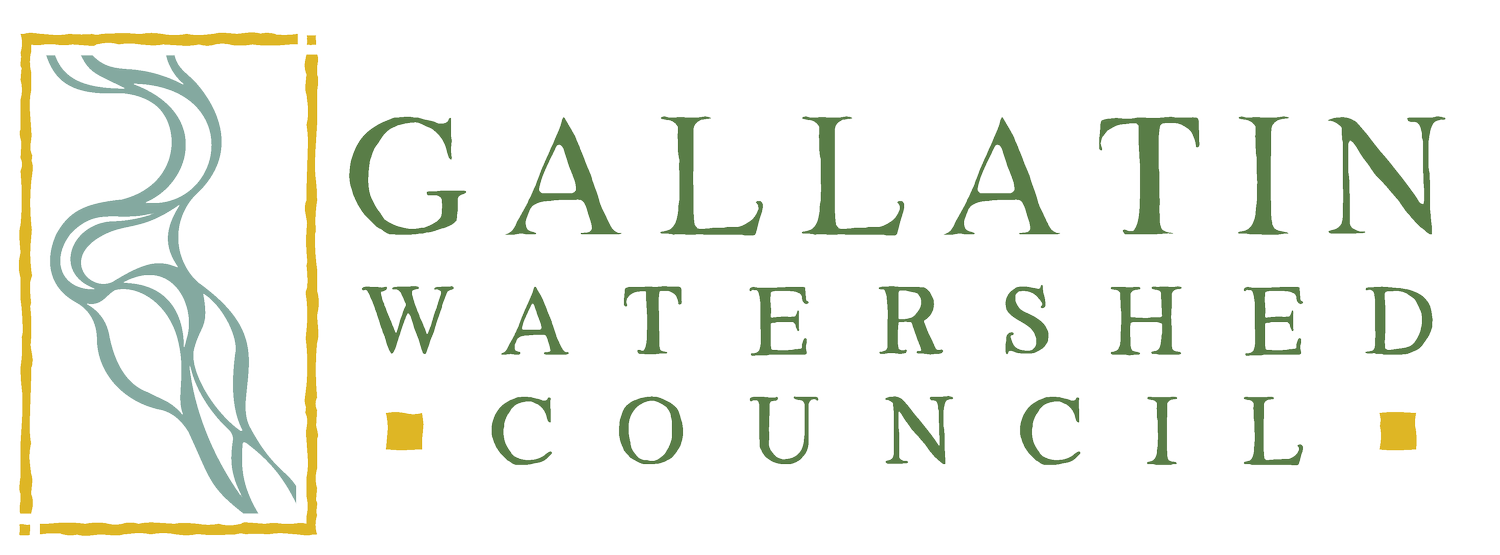
Watershed Interpretive Signs
Sign Themes & Locations
Gallatin Watershed Council and the City of Bozeman Parks Department developed and installed watershed-themed signs in City Parks with the goal of engaging community members in stewardship by increasing awareness of general watershed knowledge through unified messaging. The five original signs focus on the following themes: "An Engineered Watershed,” “Wetlands at Work,” “A Water Droplet’s Journey,” “What Is a Watershed, Anyway?” and “Rivers Need Room to Roam.” Want to check out a sign outside of Bozeman? Visit the deck at Jim Bridger Lodge at Bridger Bowl.
Thanks to the Association of Gallatin Agricultural Irrigators, MSU Extension Water Quality, and the Gallatin Local Water Quality District for content contribution and to Townsend Collective and Katie Christiansen for design and illustration.
Tour the Interpretive Signs
Hop on your bike and explore wetlands, streams, and irrigation ditches across Bozeman! This self-led tour takes you on a 12-mile loop on trails and bike-safe roads. Learn about wetlands, stream function, hydrology, watersheds, irrigation ditches, and nonpoint source pollution in the Lower Gallatin Watershed. Download our brochure, follow the step-by-step directions, and share your feedback by taking the survey. Ride on!
The United States Environmental Protection Agency and the Montana Association of Conservation Districts funded this tour.
Customize or Replicate a Sign
GWC would like to collaborate with you to continue installing signs across the Lower Gallatin Watershed! You can choose from several options: replicate a current theme, modify an existing design, or create a new sign that aligns with your mission or business. Contact info@gallatinwatershedcouncil.org to learn more.
Locations
Signs are located in Kirk Park, Oak Springs Park, Langhor Park (on the Gallagator Trail, near the community gardens), Bronken Park, and Bogert Park. Bridger Bowl has a sign on the deck of Jim Bridger Lodge.
The partners involved recognize that Indigenous Peoples occupied the lands that now constitute the greater Bozeman area since time immemorial; and Bozeman is built upon their homelands, hunting grounds, and along their sacred waterways. Visit the MSU Native Lands Project for more information.




